John Hurrell – 13 September, 2016
Most of the artists picked by AUT lecturer Simon McIntyre had works in both iterations (the majority were small), while the (larger) wall (Elliot Collins, Simon Morris, Ron Left) and floor (Andrew Barber) paintings remained common to both, some of them changing over the show's duration. The contributions were designed to comment on the nature of painting, its acknowledged properties on a support, rather than always consisting of painting themselves.
Auckland
Group exhibition
Painting: A Transitive Space
Curated by Simon McIntyre
30 August -10 September 2016
Split into two consecutive sections, this unusual little AUT-organised survey of painterly practice mostly avoided narrative, leaning towards formal properties like texture, pattern, colour, shape and edge, and dwelling on the materiality of paint as applied viscous substance - even though three of the contributors also directly exploited language. It had some similarities with the recent show that Reece King curated from the Wallace Collection and presented upstairs in the Pah Homestead, but while that had a more effective number of works per artist, and more running wall meterage, here the exhibiting space was superior (was uncluttered) and the dissemination of detailed exhibit information, more efficacious.
Most of the artists picked by lecturer Simon McIntyre had works in both iterations (the majority were small), while the (larger) wall (Elliot Collins, Simon Morris, Ron Left) and floor (Andrew Barber) paintings remained common to both, some of them changing over the show’s duration. The contributions were designed to comment on the nature of painting, its acknowledged properties on a support, rather than always consisting of painting themselves. Thus drawing, video, photography, glazed ceramics, brushed on text on placards, and collage (made from cut up book spines) were included - perhaps sometimes as provocations.
It made you wonder what McIntyre was up to, because maybe he would have done better to concentrate on painting proper (as sticky tactile substance adhered to a surface), and ignore Lilo, (half of) Thomson, Thom, Left, and Pound: be a strict purist and insert instead, for instance, Glen Snow, Rohan Hartley Mills, Noel Ivanoff, Ian Peter Weston and Jeena Shin.
Still, it was obvious what he was attempting to do: create a refreshing, snazzy little show that aimed to surprise - and it did. It happened to be unabashedly Auckland focussed, and because of the narrowness of the space most of the works were quite intimate. Many of these smaller portable canvas paintings worked far better than the larger in situ projects directly painted onto the walls or floor. They never really took off.
Many artists contributed more than one work. Sometimes with such pairs or trios, triumph very surprisingly sat alongside disaster, nuanced understatement juxtaposed with fiddly overworking (bizarrely Denys Watkins, Ian Jervis), while others consistently and successfully got it right (Patrick Lundberg, Imogen Taylor, Oliver Perkins, Robbie Fraser, Fu-On Chung, Emma McIntyre, Claudia Jowitt, Amber Wilson, Whitney Bedford).
Anoushka Akel only exhibited one painting, Back front brain, but it happened to be extraordinary. The same for Adrienne Vaughan, a deliciously fluid work on paper that had got lost in her earlier Necessary Distraction presentation, which at the time I thought was a forgettable assortment (clunky canvases) anyway.
It is really good to see universities presenting painting shows like this, because video quite often hogs all the attention as the methodology allegedly appropriate for serious academic research. Hopefully there will be more to come.
John Hurrell

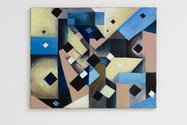
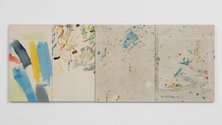

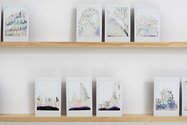
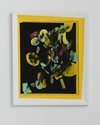
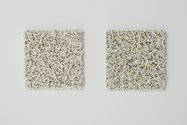
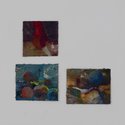
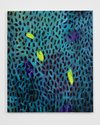
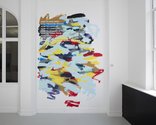
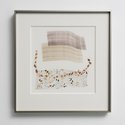

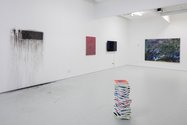


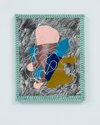
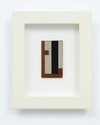


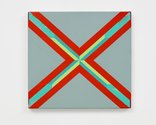
 Two Rooms presents a program of residencies and projects
Two Rooms presents a program of residencies and projects Advertising in this column
Advertising in this column



This Discussion has 0 comments.
Comment
Participate
Register to Participate.
Sign in
Sign in to an existing account.